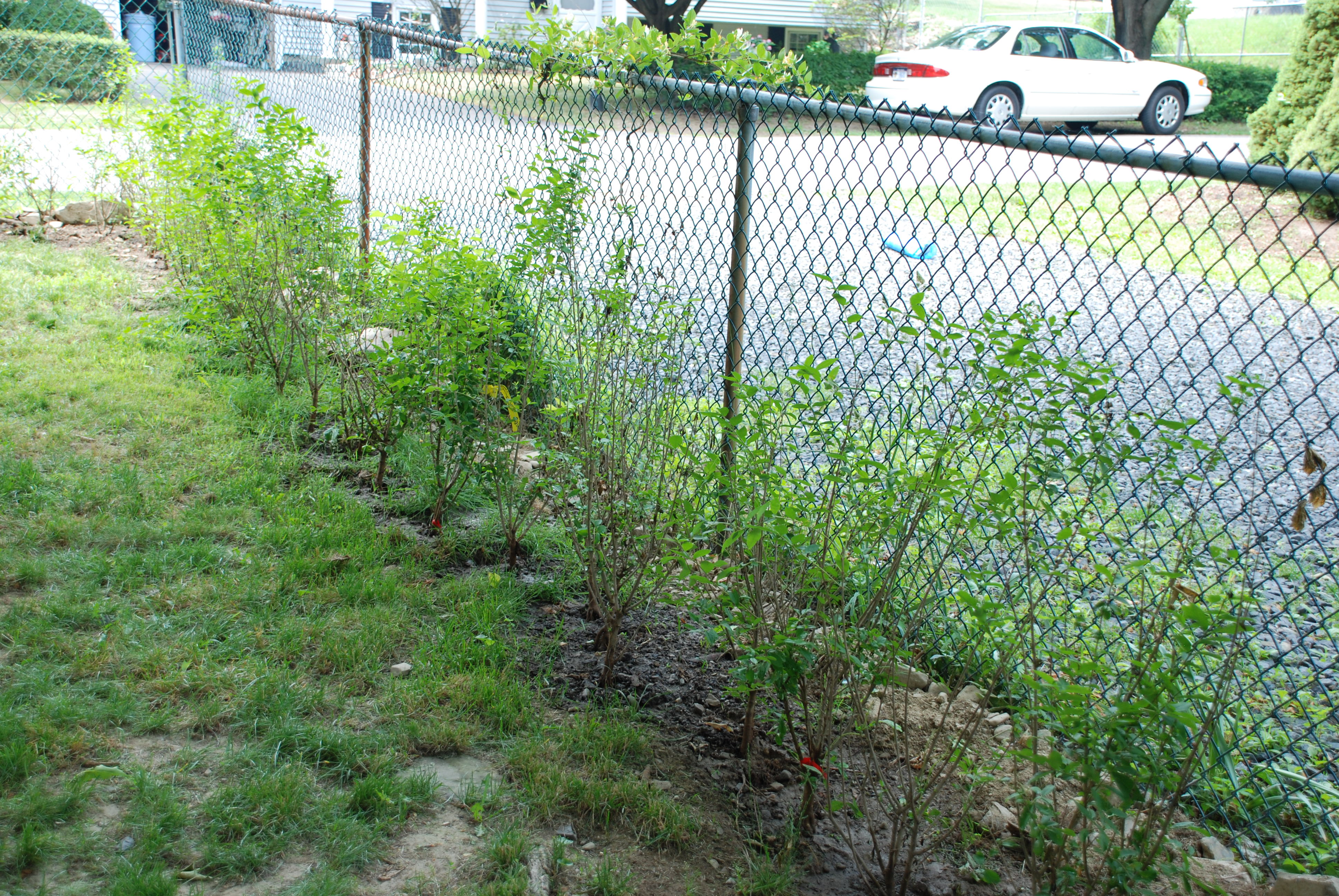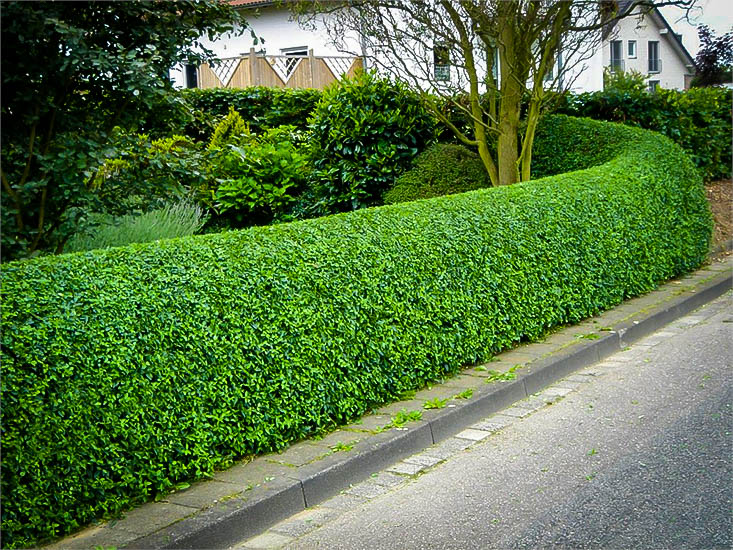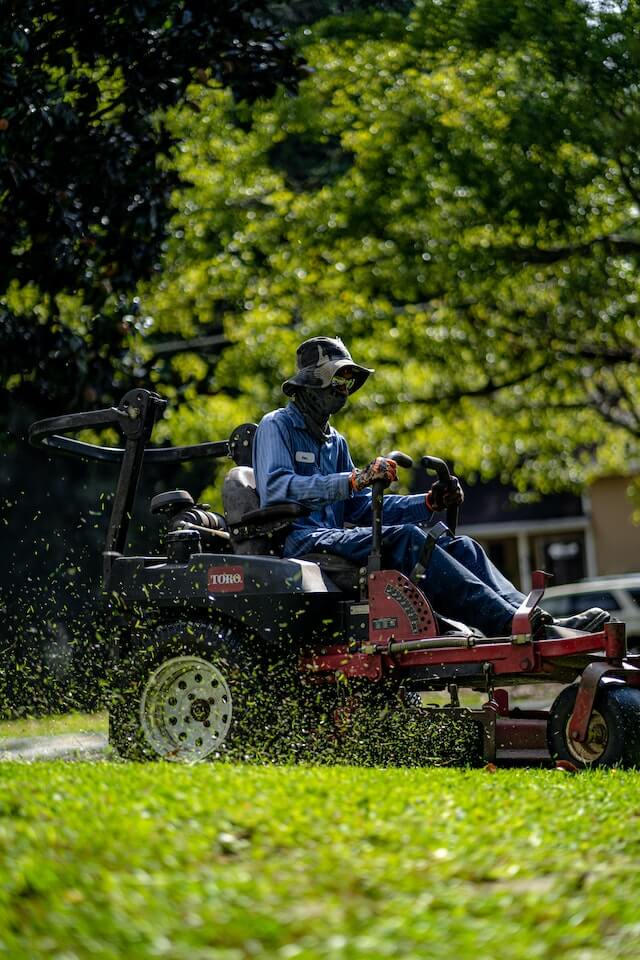Privet hedges are one of the best ways to give your house a classic and opulent look while staying within a reasonable budget. It works as both a boost to your house’s aesthetic appeal, making your home listing more attractive, and it also works as a visually clear and stunning property border.
Most hedges are grown using different types of plants, but the privet is probably the best plant to use for hedges, mostly because they grow quickly and thickly, making them one of the easiest plants to shape. However, while privet hedges are dense and beautiful, they’re not evergreen in every climate. Privet hedges are best suited for warmer climates, where they can be allowed to thrive and grow in optimal conditions.
Privet hedges have flowers that attract various types of bees and butterflies, while some species of privet have leaves that turn into different colors during the autumn. Here are some basic facts about the privet hedge.
What is a Privet Hedge?

The privet, otherwise known by its botanical name Ligustrum, is a type of shrub that presents itself with dense foliage of short, deep-green leaves. The privet can grow up to 15 feet tall and 8 feet wide when fully matured and grown in optimal conditions.
In the case of privet hedges, ‘optimal conditions’ mean plenty of full sunlight throughout the day, not to mention warmer climates. Most privet hedges can get away with partial sun, but the weather has to be warmer in order for the plant to thrive. Some species of privet hedges are hardy enough to withstand the cold in cooler areas, but these usually require extra time and effort to care for.
As for soil, the privet hedges isn’t particular: it can thrive in different types of soil with different soil pH levels. Privet hedges are in full bloom in the summer, with its branches being dotted by distinct, white flowers that give off a beautiful scent in the afternoon, which is why it’s also one of the best ways to improve a home’s curb appeal.
How to Grow Privet Hedge
Privet hedges are great choices for either property borders or for topiary displays, although the latter would be best suited for properties in warmer weathers (you could get away with it up north, but it’ll take a lot more time and effort to get it into optimal growing conditions).
They are generally hardy and can withstand heavy pruning beautifully. Aside from being highly salt-tolerant, privet hedges are also not heavily affected by urban pollution, making them great for houses within the suburbs. Check with your homeowners’ association, though, if privet hedges fit into the neighborhood aesthetic.
To plant privet hedges, start by digging a trench around 2 feet deep and 2 feet wide. Then, plant your privet hedge shrubs about 1 foot apart, making sure to mound some soil around the stems. Take note, however, that some species, mostly the ones indigenous to Europe and North Africa, are considered as invasive plants in North America.
It’s best to make sure that the privet hedge you’ll be planting is appropriate to your area so as not to wreak havoc on other plants in your property. A well-planted and well-grown privet hedge is a home upgrade that can change your life and that of your neighborhood.
Planting a Privet Hedge: Important Factors
Sunlight
Privet hedges love sunlight, so the more they get of it, the better they’ll grow, and the faster they’ll reach their maximum height and span. They can grow with partial sun, but they might not reach their full potential. Gold and variegated varieties of privet hedges require full sun for them to display their beautiful foliage when they bloom.
Soil

Privet hedges are generally soil-hardy plants, with most species of privet being able to thrive in soils of different types, acidity levels, and alkalinity. The trick, however, is to ensure that the soil is drained well and drained often. When planting privet hedges, make sure to keep your soil uniform, as this will affect the uniformity of your plant as well.
Ensure that all stems of your privet hedge get the right type of soil with the right type of irrigation. Privet hedges are salt-tolerant, which means you won’t have to worry about planting them near streets that get salted during wintertime.
Water
It’s best to water your privet hedges weekly, more if the weather is hot and dry. Drip irrigation would be the optimal choice, especially if your privet hedge is new. Make sure to water your hedges until the top 3-4 inches of soil is moist. Once they grow to full potential, however, they are usually drought-tolerant, so missing a week or so of watering should be fine. During the summer, however, water your privet hedges regularly.
Ideal Weather Conditions
Privet hedges are usually evergreen in warmer climates, but they can adapt to colder climates pretty well, although they will be less evergreen and be more semi-evergreen or deciduous. For colder climates, a privet hedge might not provide the same level of privacy in the summer during wintertime.
How Long Does It Take to Grow a Privet Hedge?
The length of time it takes to grow a privet hedge depends on different factors: the type of privet hedge, growing conditions and maintenance. Since privet is a quick-growing shrub, it can grow at least a feet or two in a year. In three years, your privet hedge can grow up to six feet, but there are hedge varieties that will take longer.
The privet hedge’s growth rate is also affected by different factors, which include:
- Growing conditions
- Health of the plant
- Planting location
- Variety of the privet hedge planted (e.g. Japanese privets grow faster; they can grow more than two feet per year)
How Far Apart Should a Privet Hedge Be Planted?
Even spacing is key to ensuring the healthy growth of privet hedges, as well as for the aesthetic of your backyard.
To plant a new privet hedge, create a trench that is two feet deep and two feet wide. Each individual shrub should be spaced 12 inches (30 cm.) apart. When planting them, look for a soil mark on bare root specimens or plant the hedges at the same depth they were on the pot.
Also, make sure that the soil can reach the branching trunk. During the first year, water the privet hedge deeply and frequently using drip irrigation. Two years after planting, water your privet hedge during the long dry spells and remove the weeds. Each autumn, add mulch of leaf mold, manure or well-rotted compost to keep the hedge healthy.
When to Prune Privet Hedge
It’s best to start your pruning in late winter, just before spring comes. Start with removing dead branches before new growth begins. Also, remove large branches from the inside of the shrubs to clear up the center of the hedge.
Meanwhile, trimming of the outside of your hedge should be done in mid-spring after the annual growth begins. It’s important to keep the shape of the hedge to maintain its beauty and appeal.
Privet Hedge Variations
When choosing a privet hedge for your property, it’s best to consider the USDA plant hardiness zone of your area, how tall you want your privet hedge to grow, and what kind of foliage characteristics you’re looking for. It’s the same as choosing the right home location, after all.
In general, privet hedges with golden and/or variegated leaves offer the best colors during full bloom, but other varieties have their own charm as well:
- The California privet hedge (Ligustrum Ovalifolium) is best in USDA Plant Hardiness Zones 5 to 8. They can grow 10 to 15 feet high and wide.
- The Golden privet hedge (Ligustrum Ovalifolium Aureum) is best in USDA Plant Hardiness Zones 5 to 8. They can grow 8 to 10 feet high and wide and are notable for their golden leaves that give your hedge a beautiful luster when they’re in full bloom.
- The Golden Vicary privet hedge (Ligustrum x vicaryi) is best in USDA Plant Hardiness Zones 5 to 7. They can grow 6 to 12 feet tall, with a spread of 7 to 10 feet.
- The Border privet hedge (Ligustrum obtusifolium) is best in USDA Plant Hardiness Zones 3 to 7. They can grow 10 to 12 feet tall, with a spread of 12 to 15 feet.
- The Japanese or “wax” privet hedge (Ligustrum japonicum) is best in USDA Plant Hardiness Zones 7 to 10. They grow 6 to 12 feet tall, with a spread of 6 to 8 feet, and have fragrant flowers that bloom in the summer. Within this specie, the Texanum, Jack Frost, Silver Star, and the Variegatum cultivars are the most popular choices, thanks to their variegated leaves that have beautiful gray-green mottling bordered by cream-silver

Privet Hedge Toxicity
A word of warning, though: the Privet is a poisonous plant, which means that its leaves and berries can be poisonous to household pets like cats and dogs, even horses and humans. Ingesting its leaves and/or berries can cause moderate to severe abdominal pain, nausea, and vomiting. If you have young children or pets, it’s best to teach them early on never to ingest anything from the privet.
Privet hedges work as a great visual screen from the outside world. While these types of hedges might seem like security issues because they can provide cover for would-be thieves, many hedges can be augmented with hidden barbed wires that would give robbers an unpleasant surprise and hopefully deter them from further entering your property.
In this way, privet hedges can give you the security you need without sacrificing your property’s aesthetic appeal. It’s a home upgrade not a lot of people think of, but it’s an upgrade that makes your home beautiful and more appealing to future buyers.
Privet Hedge Maintenance
During the summer months, privet hedges tend to become sparse. This can be problematic since excellent privet hedges are good at reducing noise pollution. To make your hedge thicker, regular maintenance is necessary.
Privet hedge maintenance is mostly trimming. After all, how you trim your hedge makes a difference on its quality. Proper trimming encourages the growth of the privet, as well as improves its attractiveness and creates stronger plants.
To make your hedge thicker, don’t forget t regularly:
Trim the Top
Trimming the privet’s top encourages the sides to grow out further, which thickens the hedge. Left unattended, the top of the privet can quickly grow, causing the entire hedge to look uneven or sparse.
Also, light is essential. Trim the hedge at a 90-degree angle, especially if you’re using the hedge as a border. Use gloves throughout this process to avoid injuries.
Prune the Buds
Encourage growth by pruning the buds at the tip of each branch with a pair of pruning shears. Cut the tips at a 45-degree angle. Also, be mindful of the privet’s shape and keep it as even as possible. If one of your branches is too tall, it won’t blend with the shape of the entire hedge. Instead of cutting the buds ASAP, leave them for a few weeks or until a new shoot emerges.
Also, don’t forget to observe the growth of new buds and retrim them if needed (usually once they’ve reached six to 12 inches). This will encourage new branches to emerge and thicken the hedge.
Trim at the Right Time
Depending on the type of privet hedge, each variety will have a different “right” time for pruning. For privet hedges, trim them twice a year during May to August. Doing so maximizes the hedge’s chances of growth, as well as strengthens the shrub throughout the winter months.







